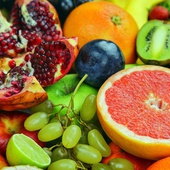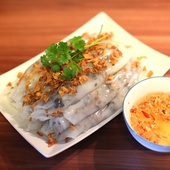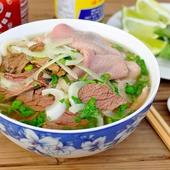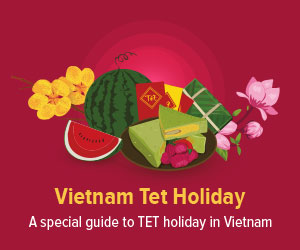Pineapples
Vietnam's pineapple
Pineapple is a tropical fruit that has a rather bizarre look. The upper part consists of long spiky green leaves, and the fruit part has a cylindrical shape, covered with thorns and pointy yellow “eyes.” The fruit is, in fact, a team of many individual flowers stacking around the central core.
 Photo: doctor24h.vn
Photo: doctor24h.vn
In Vietnam, pineapple has many different names. Northern people call pineapple “dứa,” while people in the Central and in the South give it the name “khóm” or “thơm.” Do not mistake it with other fruits, “dưa” and “dừa,” as the spellings are almost the same, but they are three different fruits.
How to eat pineapple
Pineapple is often eaten raw or stored in cans or glass containers as chunks to consume later. Other than being a dessert fruit, pineapple juice is also a refreshing drink to take after meals.
 Photo: thocdantoc.org
Photo: thocdantoc.org
To squeeze out the juice, you have to cut off all the pointy leaves and peel, remove all brown eyes, and cut the fruit into small pieces. Be careful with your hands as the fruit is squishy and easy to be smashed. The firm core of the pineapple is also editable. However, it would be best not to eat pineapple when hungry, as the rich vitamin C will harm your stomach system.
Where is pineapple grown in Vietnam
Vietnam has grown a wide range of pineapple in various plantations across the countries. Some of the commonly seen types are “dứa ta,” “dứa mật,” “dứa không gai,” and mainly grown before the rain season. Ninh Binh, Ha Nam, Thanh Hoa, Kien Giang, and Tien Giang are the provinces with the highest pineapple exported a year.
Visitors coming to Vietnam can purchase this exotic fruit from every street vendor in the country at an affordable price, from 5.000 to 10.000 VND for one whole fruit. The sellers will be happy to cut it out if you do not want to perform your skill.
What are the benefits of pineapple
Loaded with lots of vitamin C and antioxidant compounds, eating pineapple will help protect the skin, reduce inflammation symptoms, relieve joint and bone pain, and reduce stress. With 100 - 200 grams of ripe pineapple a day, you will notice the improvement of mind and body health. People with stomach diseases, obesity, diabetes, high blood pressure, and pregnant women should not eat pineapple, especially long-stored ones.
 Photo: vnorconomy.vn
Photo: vnorconomy.vn
Food made from pineapple
Pineapple flesh and juice are used in many dishes of Vietnam and cuisine around the world. It is commonly seen in dessert dishes such as fruit salad, raw shrimp salad, fruit cake, “chè” and ice cream.
 Photo: baomoi.com
Photo: baomoi.com

Vietnamese Fruits - An Overview
Being geographically located in the tropical zone, Vietnam is truly a heaven when it comes to fruits.

Vietnamese Cakes - A Closer Look At Vietnam's Most Varied Food
An overview to the different types of cake in Vietnam.

Vietnamese Noodles - An Overview
An introduction to Vietnamese noodles.








